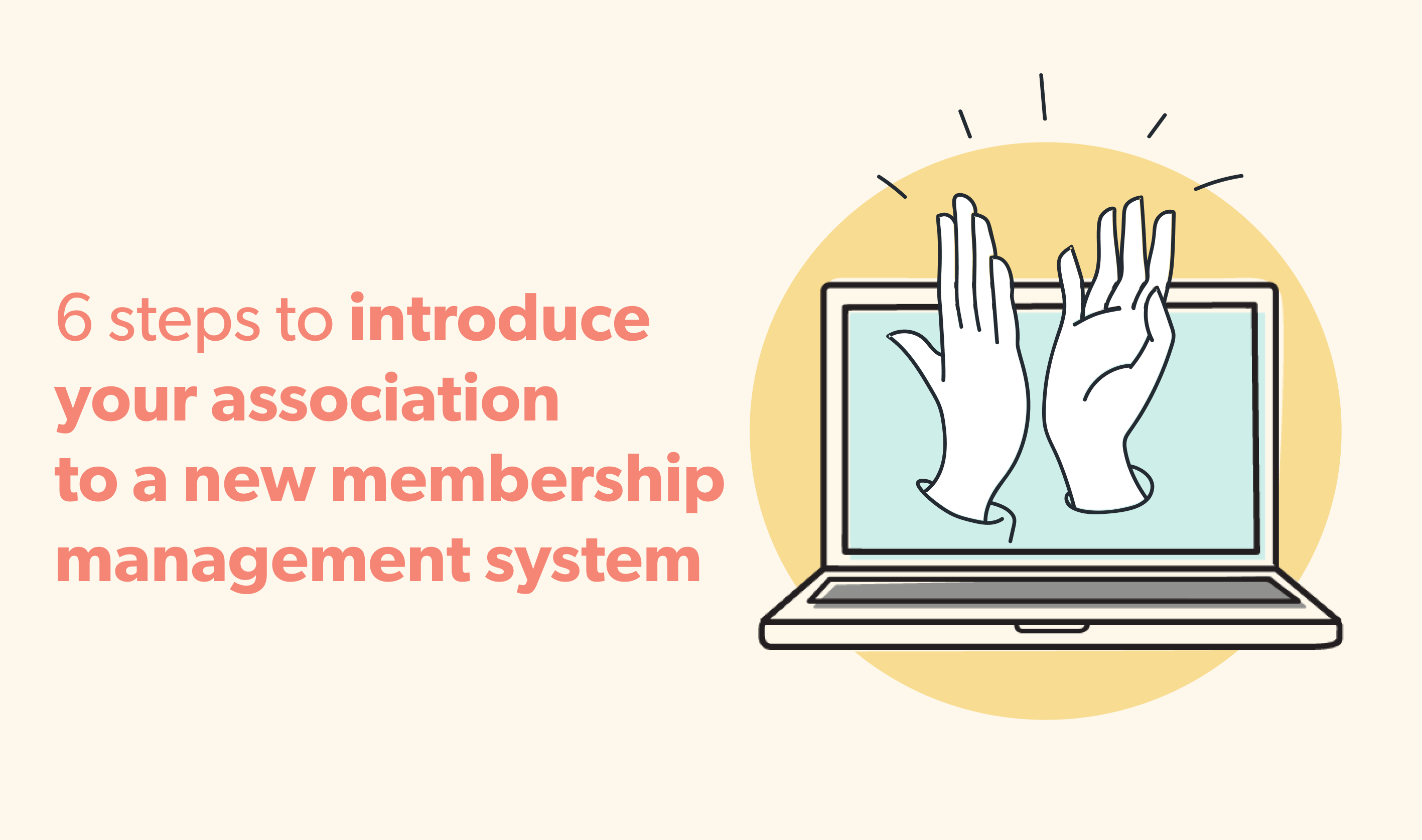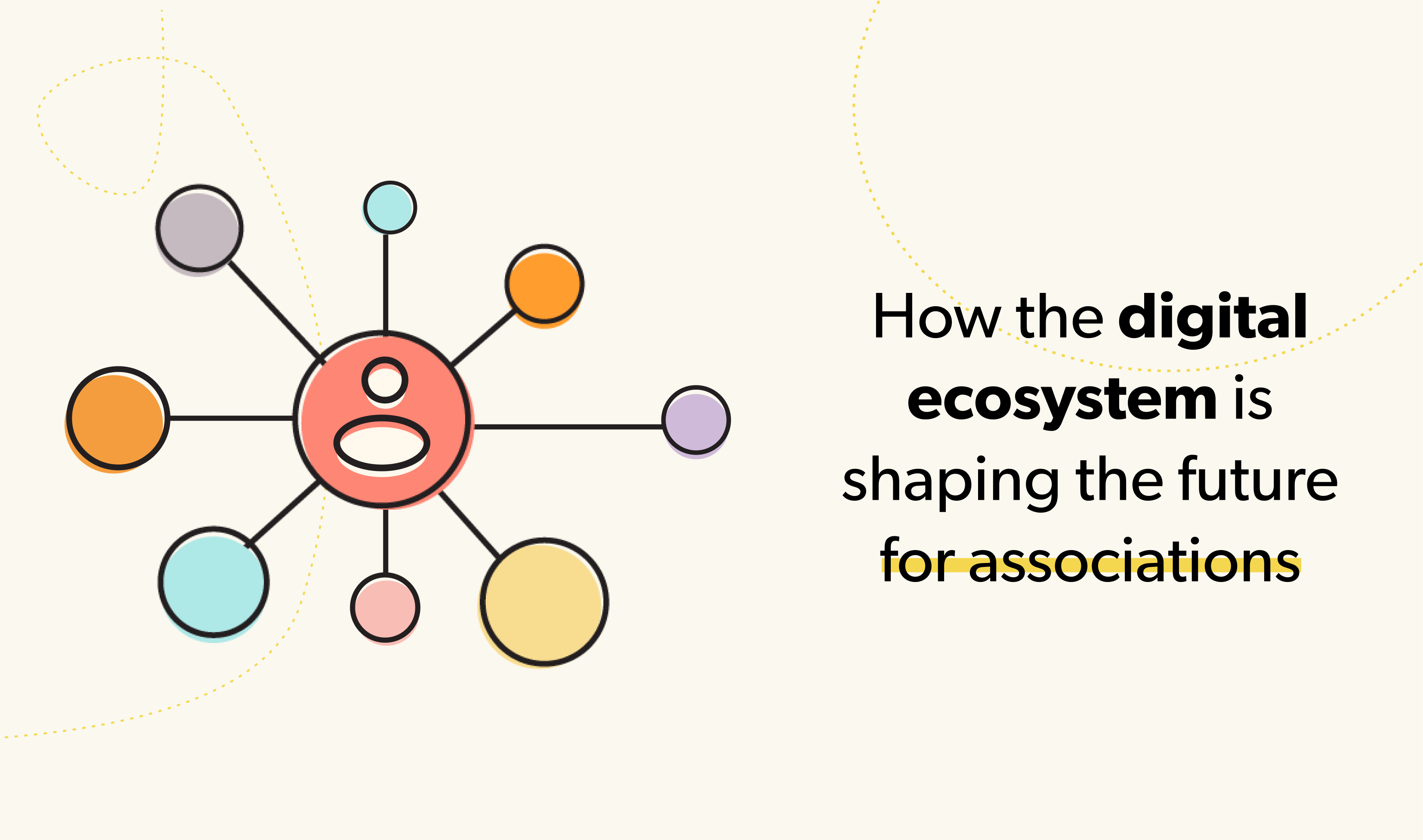Does an AMS belong in a modern association’s tech stack?

If the COVID-19 Pandemic has taught us anything, it’s that membership-based organizations need to step up the technology we choose. Serving our members well will depend on it.
While I believe we will get to a point where people will do business, network, and learn face to face again, we will continue to see people working further apart geographically. The high demand for our products and services online will not dissipate.
Associations learned more than ever about technology in this Pandemic.
The business world, including the association industry, did a great job altering course to keep their organizations viable during the Pandemic. We all shifted to work from home, moved face-to-face events online, and generally just started using technology and digital assets in new ways with excellent results. So much so that a new study shows that worker satisfaction has hit its highest levels in twenty years!
Emerging from COVID, we must continue that momentum. Leadership teams at associations were forced to put resources towards systems of people, process, and technology unlike any other time in their history, and they were generally successful. We all proved to ourselves and our members, we can deliver on digital strategies.
But what is our next step?
Now you know that you can be successful with technology and digital services. It is a great time to take a step back and look at your digital strategy and its alignment with your overall strategy. A simple question to ask is:
How much MORE successful could we be if we strategized our digital and technology future based on how to meet the needs of now and the needs of tomorrow?
Applying that question to your Technology Ecosystem and looking to see if it still supports where you are going with the organization is an excellent first step. I’ll bet there is a crucial piece of technology that you need to spend some brainpower and other resources on. Spoiler Alert…the AMS needs rethinking and may be holding the rest of your ecosystem back.
Is your AMS holding you back?
The Association Management System, or AMS, sold to us as the Enterprise Resource Planning (ERP) technology of the 1980s focused solely on the association and membership industry, has been a mainstay for years. In many ways, the concept was a great one; one system that does everything that an association needs. Membership management to e-commerce to learning management to financials to event management; that is a remarkable feat. Everything ticks and ties together, and the 360-degree view of our constituents are in one database, right? Or is it?
Back around 2010, many of us in the digital and technology fields of the Association Industry started seeing and implementing a shift in this strategy. The AMS couldn’t meet all our needs; the AMS vendors would not or could not innovate to accelerate our productivity. We had to go looking for third-party systems that could.
We started integrating best-of-breed systems with our AMS. And while doing so was not easy, many of us have found a ton of success in this strategy. We brought in a community system, then the CFO upgraded the general ledger package and wanted it integrated. The main annual event got too big for the AMS to manage, so we hired one of many companies with great systems to do registrations and housing. Digital Marketing and sending millions of emails a year were not handled by the AMS well, if at all. Adult education became more of a science, and learning management systems came on the market that helped us better serve our members for continuing education and certification.
All the while, we kept paying our maintenance and support fees for an AMS system that we increasingly had either stopped using parts of or integrated around. Yes, the AMS still did the Membership management part, and we focused on that. Some of us dreamed up new membership types and opportunities, and we started customizing our AMS’s to do very complicated and detailed logic. And in those customizations, some of us paid even more for our maintenance and support. Up until a few years ago, all this AMS business was built on proprietary systems that were either hosted in our data centers or colocation facilities, or that of the AMS Vendor. It took one AMS vendor until roughly 2016 to even offer a web-based version of its system. And even as I write this, I know of one major AMS vendor who has a browser-based version of their system, but not all the functionality is available in it! The bottom line is that the AMS of our history should not be the basis of our future.
Whether your organization intended it or not, you now have a Technology Ecosystem of tools. Through the adoption and utilization of those best-of-breed offerings, the organization has probably experienced an increase in productivity and increased member engagement and satisfaction. But I’m pretty sure that there are not many of you who have that data and information back in the AMS. While integrations with an AMS can facilitate functionality like single sign-on and membership directories, extending the database in the AMS to house information like how many posts a member made on the community or what email campaigns they opened the message and clicked on something, is just not cost feasible.
Now you have two issues. One, you have a large software tool at the heart of your Ecosystem that isn’t providing all the functionality it used to (while you still pay for it like it does). Two, the 360-degree view of your members is not in that system. If the AMS was a $140,000 a year car that kept stranding you by the side of the road, wouldn’t you get rid of it?
The future of association technology.
The future of all of this is very clear to me. This industry still needs a primary software system that manages our membership. Call it Customer Relationship Management, Membership Data Platforms or Membership Management Systems. We must have a place for this data to live and be cared for.
But that system must be best-of-breed like the others we spend our resources on. It needs to be accessible through highly documented and available APIs while extensible, so we can put critical data back into it that helps us understand engagement. It needs to be able to talk to external systems to send data when information is updated and reciprocate by taking in data that has been added or changed. It also needs to be easier to learn, understand and apply our business rules to. Lastly, it needs to be affordable. Part of that affordability can and should come from the use of cloud technology and its rapid innovation. Other areas of that affordability can come from the association industry-changing processes to match our members’ current trends and desires.
For example, instead of highly customized and hard-to-understand membership types and transactions, we should understand and implement subscription models that are so prevalent in the rest of the online product and service world. We need to remind ourselves that our missions and values are driven and facilitated through people. We need to utilize our precious resources in the best ways possible. The systems that we choose to spend those resources on have to be enablers to do our work, not anchors holding us back from our intended futures.
In the association industry, we talk a lot about how our members want us to deliver our products and services like Amazon or Netflix. We have delivered mobile applications for meetings, communities, and even apps to provide content and products. Our websites are responsive to almost any type of device. We can do social media targeting and website retargeting with the best of the biggest businesses in the world. And of course, there is no better place to find poignant, peer-reviewed and industry-focused education content facilitated through a great learning management system.
All those capabilities came to our industry through innovation and best-of-breed thinking. We have come so far. We need to take that major step to uncouple our businesses from systems designed and developed so many years ago. This is the time to take a step back. Review your digital strategy, or even create your first Digital Strategy utilizing your member’s current and future needs. I think you will find that almost every time you think about what’s holding you and your technology ecosystem back, the answer has something to do with your AMS. Can we dare to be so bold as to think that we can have an Association without an Association Management System? I believe we have to!




